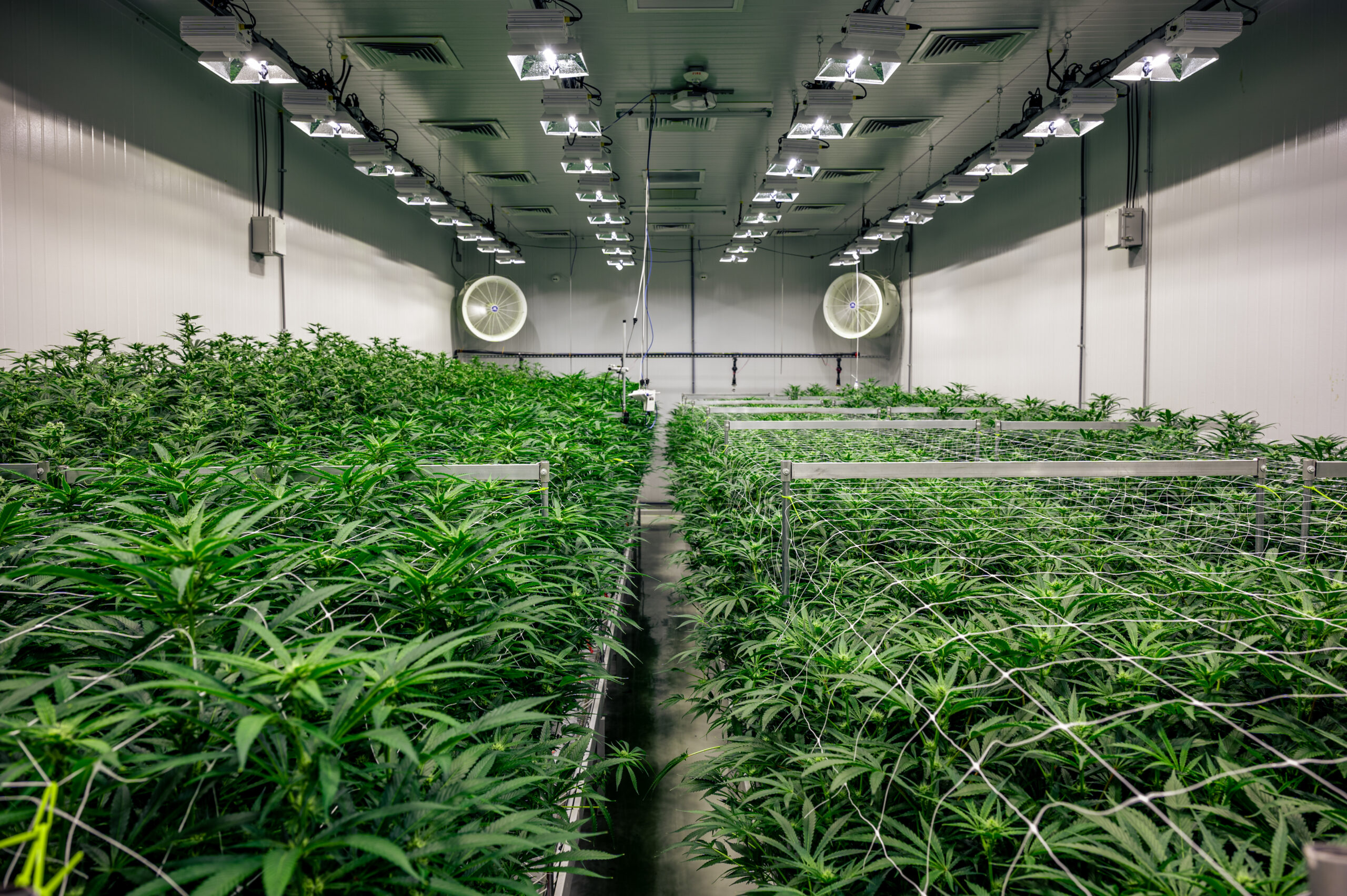
Designing a Grow House for Cannabis: Key Technical Considerations
The growing demand for cannabis, both for medicinal and recreational purposes, has led to the emergence of specialized facilities called grow houses. These facilities are designed to cultivate cannabis plants under controlled environmental conditions, ensuring optimal growth and maximum yield. Designing a successful grow house requires careful consideration of various technical aspects to create an environment that meets the specific needs of cannabis plants. There are several key technical considerations involved in designing a grow house for cannabis.
Facility Layout and Space Optimization
The layout of a grow house should be designed to optimize space utilization and facilitate efficient workflow. Different areas within the facility may include vegetative growth rooms, flowering rooms, drying and curing areas, as well as spaces for processing and packaging. Adequate space allocation and efficient utilization are crucial for maximizing the plant count and overall productivity of the facility.
Lighting Systems
Lighting plays a critical role in cannabis cultivation, as it directly affects the growth and development of plants. Different stages of plant growth require specific lighting conditions. During the vegetative stage, high-intensity discharge (HID) lamps, such as metal halide (MH) or high-pressure sodium (HPS) lamps, are commonly used. LED (Light Emitting Diode) technology is gaining popularity due to its energy efficiency and tunable spectrum, making it suitable for both vegetative and flowering stages.
Climate Control and Ventilation
Maintaining precise environmental conditions is crucial for the successful cultivation of cannabis. Grow houses require sophisticated climate control systems to regulate temperature, humidity, and air circulation. HVAC (Heating, Ventilation, and Air Conditioning) systems equipped with sensors, dehumidifiers, and CO2 supplementation are employed to create an ideal microclimate for plant growth. Proper ventilation is necessary to remove stale air and prevent the build-up of mold, pathogens, and excess heat.
Irrigation and Nutrient Delivery
An efficient irrigation system is essential to provide cannabis plants with water and nutrients. Depending on the cultivation method (e.g., hydroponics, soil-based), various systems like drip irrigation, flood, and drain, or aeroponics can be employed. Automation and precise nutrient dosing are commonly used to ensure consistency and optimize plant growth. Proper pH and nutrient monitoring are critical to prevent nutrient imbalances and plant deficiencies.
Security and Monitoring
Given the value of cannabis crops, security measures are paramount in a grow house. Access control systems, video surveillance, and intrusion detection systems help safeguard the facility from unauthorized access and potential theft. Additionally, environmental monitoring systems equipped with sensors can continuously monitor factors such as temperature, humidity, CO2 levels, and light intensity, providing real-time data to growers and enabling prompt intervention if necessary.
Pest and Disease Management
Cannabis plants are susceptible to various pests and diseases that can significantly impact their growth and yield. Implementing integrated pest management (IPM) strategies is crucial to prevent infestations and minimize the use of chemical pesticides. This can include employing physical barriers, beneficial insects, and regular monitoring to identify and address potential issues early on. Proper sanitation practices and quarantine procedures for new plant material also play a vital role in preventing the spread of diseases.
Electrical Systems and Power Management
Grow houses have high energy demands due to lighting, climate control systems, and other equipment. Adequate electrical capacity and distribution infrastructure must be in place to meet these requirements safely. Utilizing energy-efficient lighting systems, smart timers, and energy monitoring tools can help optimize energy consumption and reduce operational costs.
Designing a grow house for cannabis cultivation involves a multitude of technical considerations to create an environment that ensures optimal plant growth, productivity, and security.